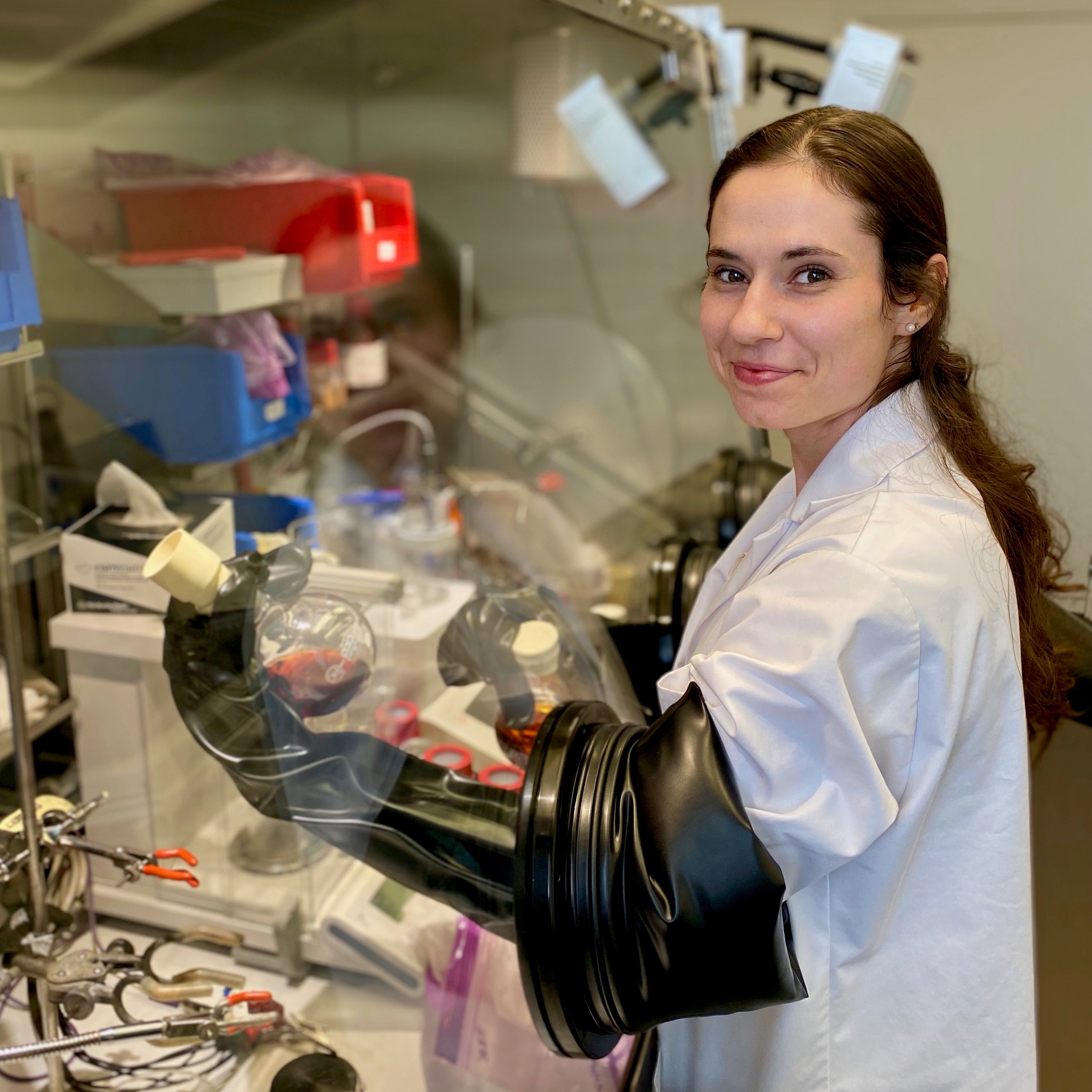A $1.1-million gift from the Nuclear Waste Management Organization (NWMO) will strengthen Western University’s robust research into the safe storage of used nuclear fuel.
Prof. Samantha Gateman will join Western University in January 2022 as the Chair in Radiation-Induced Chemistry, a new position made possible by the NWMO’s contribution. This contribution will support Professor Gateman’s lab and research team, and will ensure continuity of research into how radiation affects corrosion. Western’s research team is one of the few in the world conducting this research.
“I’m feeling fortunate about the opportunity, and I’m really eager to start contributing,” says Professor Gateman.
“By helping the NWMO with their research of the potential corrosion of the canisters used in the deep repository, I hope that we can confirm the reliability of the infrastructure. I’m also hoping to further advance corrosion science.”
The NWMO has been given the mandate by the Canadian government to safely store used nuclear fuel in a manner that protects people and the environment for generations to come. The plan is to house used nuclear fuel in a deep geological repository about 500 metres underground, and this will involve a multiple-barrier system.
One of the barriers that researchers will be placing the used fuel in is a NWMO-designed, copper-coated container made of steel. The copper is thick enough to withstand any corrosive effects for over 1,000,000 years.
According to Peter Keech, NWMO Manager for Engineered Barrier Science Safety and Technical Research, “the NWMO’s work in this demonstrates that a three-millimetre copper coating is an effective barrier to safely contain used nuclear fuel and can withstand even the harshest conditions that may be present inside a deep geological repository in Canada. The work being done by researchers at Western University will help the NWMO get an even better understanding of the effectiveness of using copper as a barrier.”
This work was recently published in a prestigious peer-reviewed international journal, which is a testament to the high-quality work being produced at the NWMO.
A teacher, a researcher and a rising star in electrochemistry, Professor Gateman is a role model for women pursuing science careers. She is currently a postdoctoral fellow at Sorbonne University in Paris. Professor Gateman received her B.Sc. and PhD from McGill University. She has developed and used electrochemical techniques to increase the science community’s understanding of the degradation of copper coatings.
Women in leadership is a critical ingredient to diversifying the science, technology, engineering, and mathematics (STEM) field.
“At the NWMO, we are committed to supporting access to STEM education,” said Laurie Swami, President and CEO of the NWMO. “As one of only three women leading a nuclear organization in Canada, I know the importance of increasing representation for women, Indigenous peoples and other historically underrepresented groups in the industry.”
“We are so pleased to support the creation of this new chair position to help promote diversity in STEM and encourage the next generation of leaders.”
Professor Gateman agrees. “I hope that when people who are interested in STEM see me in this position, it motivates them and inspires them to follow their dreams. I’ve had a passion for teaching from a very young age. This chair position means that my dreams came true.”
The NWMO has an active research and collaboration program involving universities and waste management organizations around the world to ensure our selected site and the multiple-barrier system will protect people and the environment, now and in the future. Since 1999, the NWMO has provided millions of dollars to Western University to directly support technical research. It is the institution with which the NWMO has had the longest relationship.

